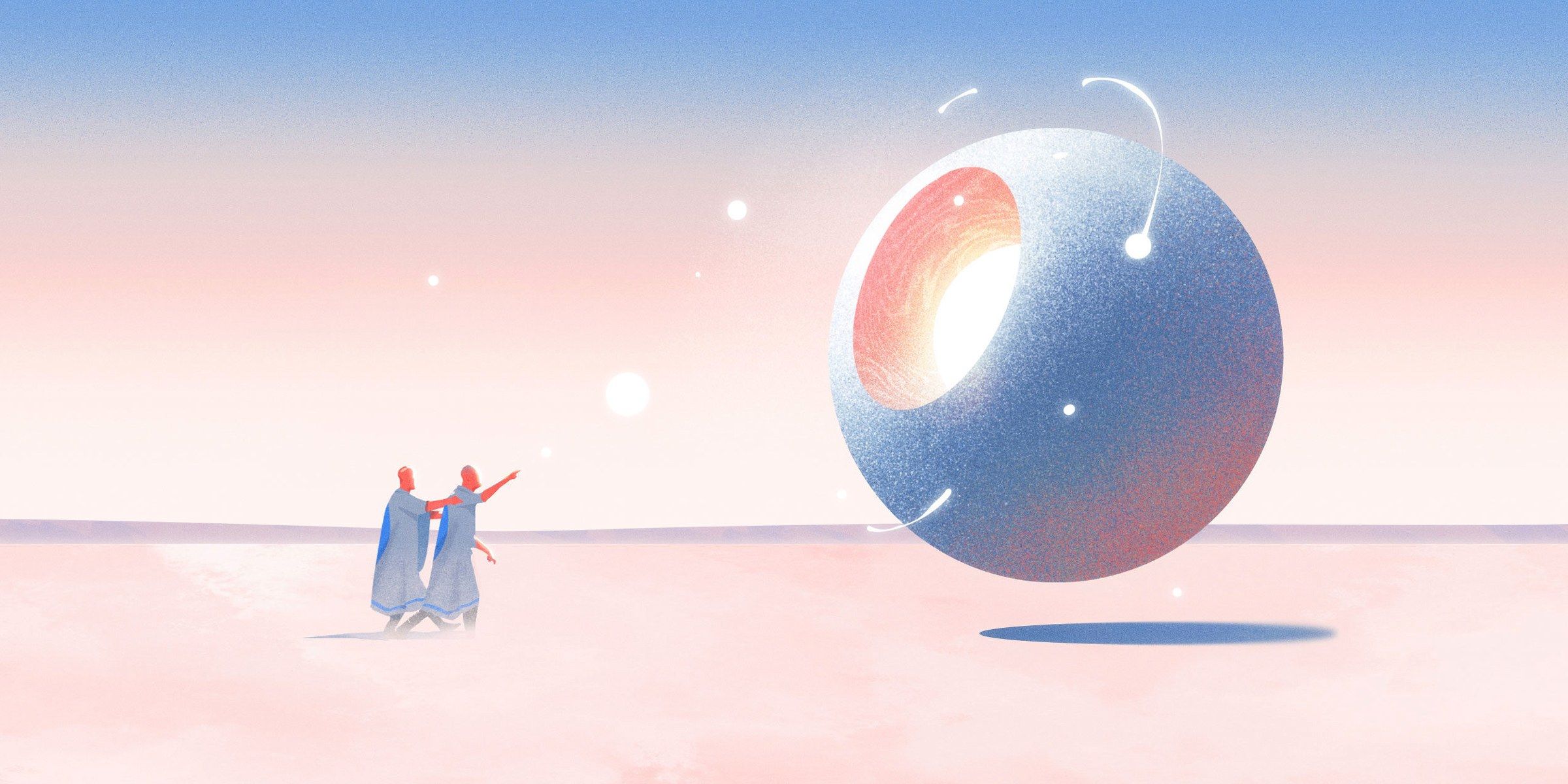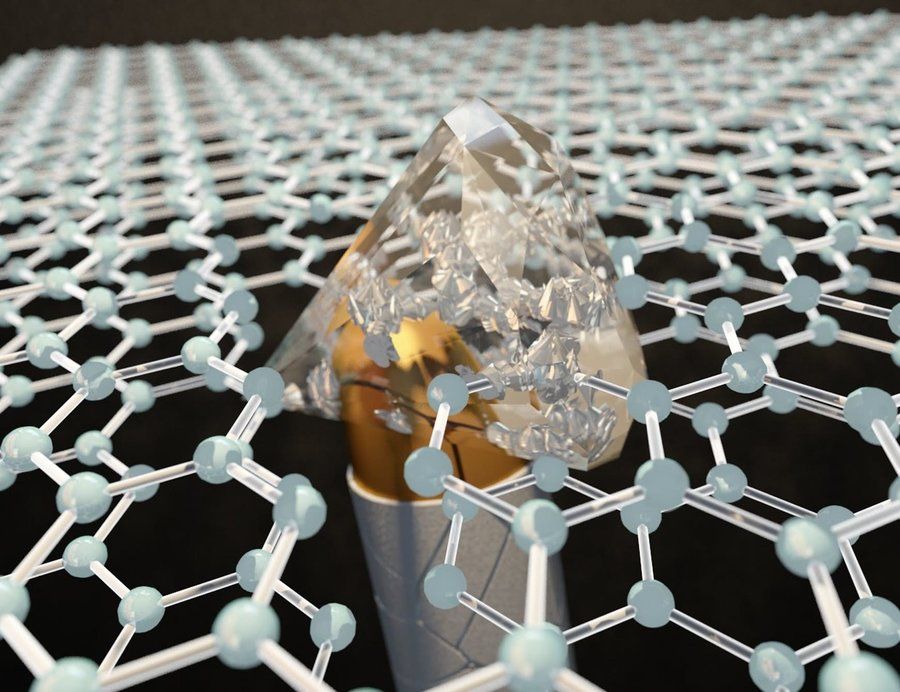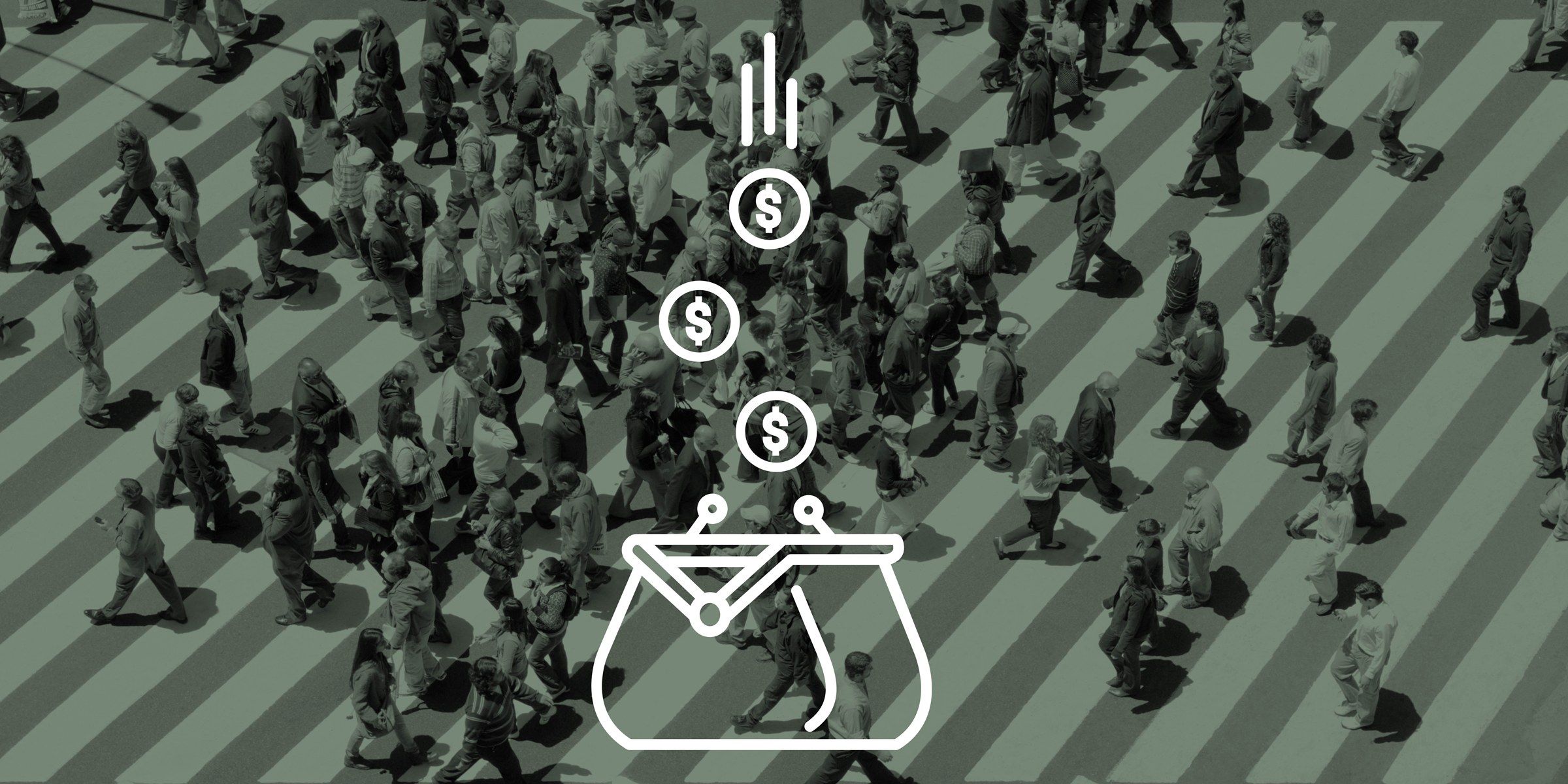O n the outskirts of Beijing, a policeman peers over his glasses at a driver stopped at a motorway checkpoint. As he looks at the man’s face, a tiny camera in one of the lenses of his glasses records his features and checks them with a national database.
The artificial intelligence-powered glasses are what Chinese citizens refer to as “black tech”, because they spot delinquents on the country’s “blacklist”. Other examples include robots for crowd control, drones that hover over the country’s borders, and intelligent systems to track behaviour online. Some reports claim the government has installed scanners that can forcibly read information from smartphones.
In the last two weeks, Facebook has been mired in a privacy storm in the UK and US over potential misuse of personal data. But such an event might baffle many in China, where the country’s surveillance culture eclipses anything Facebook has done.





